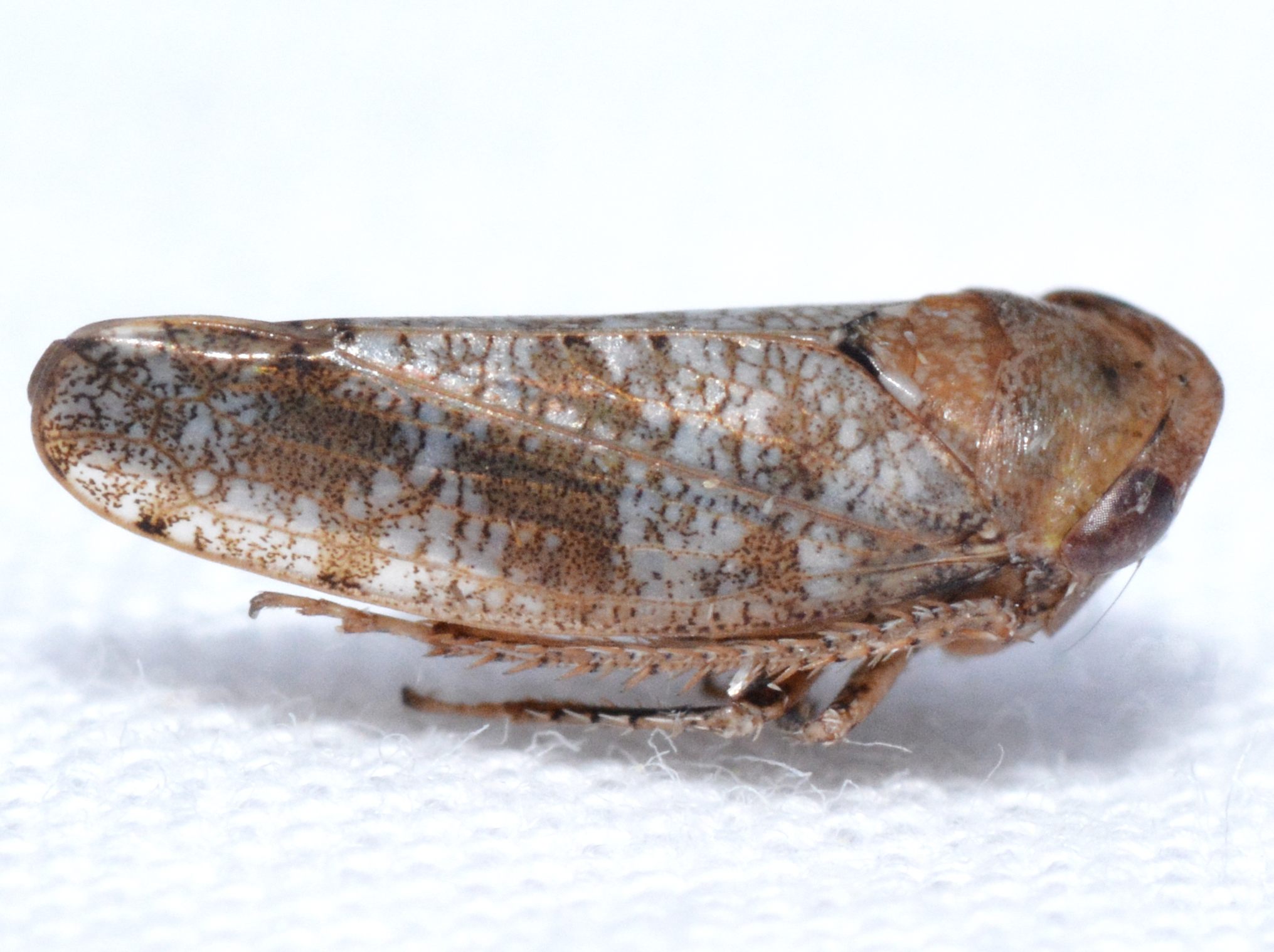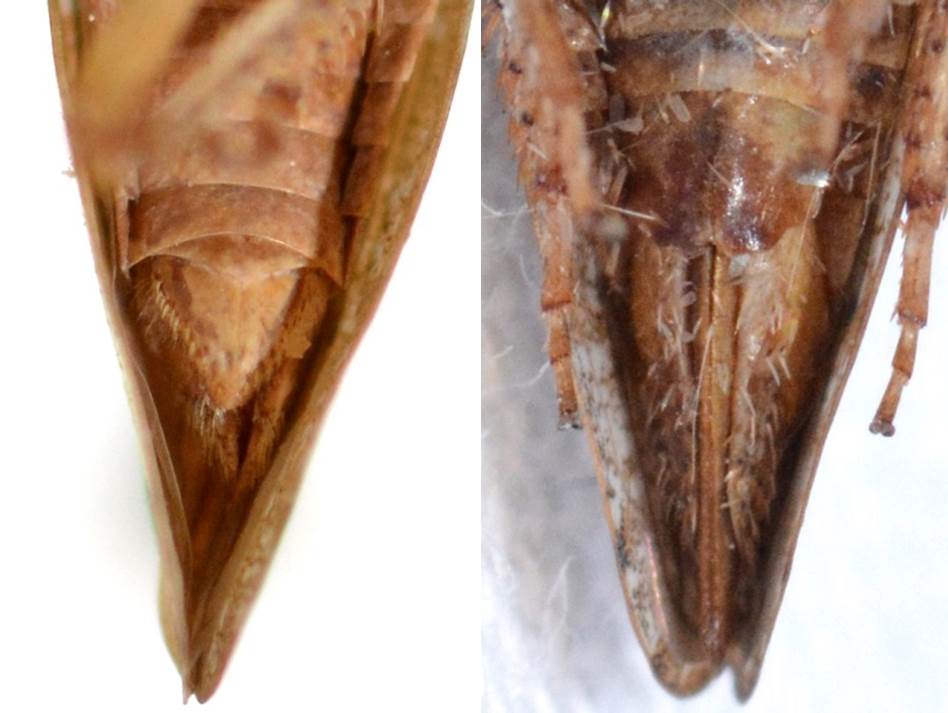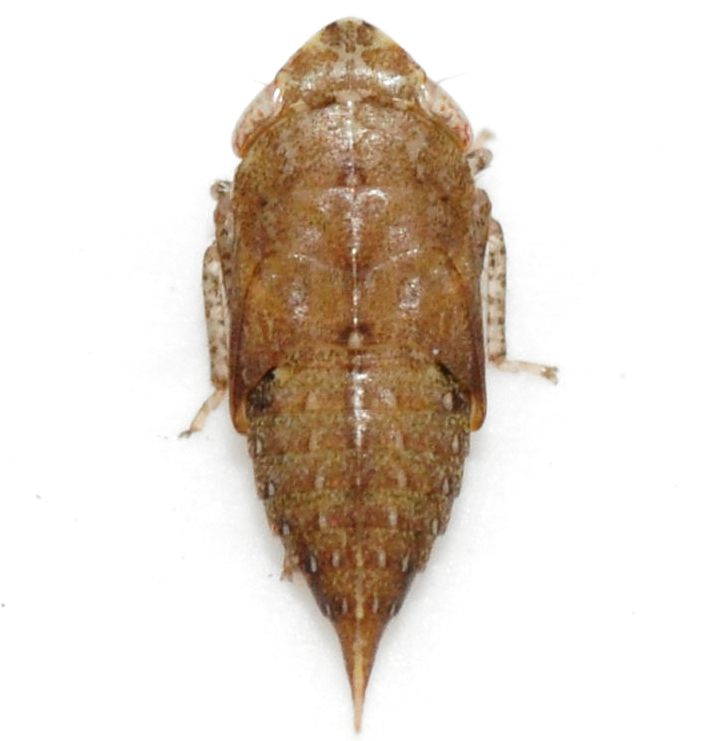Species Photo Gallery for Pendarus palustris No Common Name 12 |
 | Photo by: Bo Sullivan
Pender Co.
Comment: female, 7.4 mm; photographed by K. Kittelberger |  | Photo by: Bo Sullivan
Pender Co.
Comment: female, 7.4 mm; photographed by K. Kittelberger |
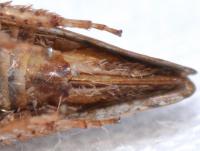 | Photo by: Bo Sullivan
Pender Co.
Comment: female, 7.4 mm; photographed by K. Kittelberger | 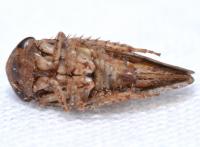 | Photo by: Bo Sullivan
Pender Co.
Comment: female, 7.4 mm; photographed by K. Kittelberger |
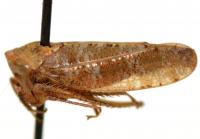 | Photo by: Kyle Kittelberger
Out Of State Co.
Comment: NCSU specimen |  | Photo by: Kyle Kittelberger
Out Of State Co.
Comment: NCSU specimen |
 | Photo by: Kyle Kittelberger
Out Of State Co.
Comment: NCSU specimen |  | Photo by: Kyle Kittelberger
Orange Co.
Comment: A nymph, this species is in the subgenus Remadosus. Found in mixed hardwood forest edge with grassy areas |
 | Photo by: Kyle Kittelberger
Orange Co.
Comment: A nymph, this species is in the subgenus Remadosus. Found in mixed hardwood forest edge with grassy areas | 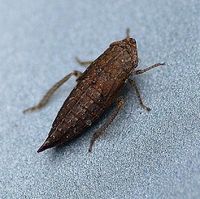 | Photo by: Paul Scharf
Warren Co.
Comment: NYMPH, Caught Sweeping |
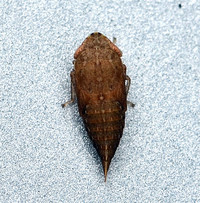 | Photo by: Paul Scharf
Warren Co.
Comment: NYMPH, Caught Sweeping | 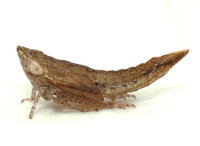 | Photo by: Kyle Kittelberger
Orange Co.
Comment: A nymph, this species is in the subgenus Remadosus. Found in mixed hardwood forest edge with grassy areas |
|

 »
»